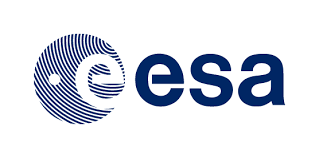A couple of weeks ago I was approached by a client to advise them on how proximity technologies (GPS and Bluetooth) could be used to promote their app to potential customers.
As many of you will know most proximity engagement experiences require the user to have already downloaded an app that is designed to be responsive to GPS or Bluetooth signals.
However, I was aware that Eddystone beacons did not require an app to trigger content, rather they use technology built into the latest version of Google Chrome to trigger the presentation of a URL that could be defined by a customer.
Great idea we all thought, let’s give it a go. I started to research the Eddystone interface a bit more while Katherine provided information about how the beacons might work best and how to best implement a beacon solution.
After some clicks the adverting blurb confirmed that Eddystone was a beacon standard that could be used to trigger content without the need of a tailored app. We proceeded with enthusiasm into a testing programme. I have to admit our enthusiasm waned a little as we moved into a real life situation with Eddystone.
First on iOS – To start with we needed to install the Google Chrome browser, then we needed to add it as a widget in the Today drawer that sits left of the Notification centre and then accept some T&Cs. We then waited for a notification to pop-up. Nothing. We then discovered that we would be waiting forever as the system did not trigger an onscreen notification, rather we had to manually access the widget to check if it had picked up any signal and linked content. This was a laborious process.
On Android – It is fair to say the process was simpler but still we needed to confirm a number of settings to ensured it worked. This included checking that we had the updated version of Google Services and Chrome, and that the Physical Web option in Chrome was active. Receiving our first notification was very exciting, however this excitement dampened when we released it came with no sound or icon to indicate that it had arrived. So basically, a user will only know that content has been trigger if they, unprompted, decide to pull down their notification drawer to check for any notifications.
One of our goals is to make it easier for our clients to use technology to deliver better engagement experiences. I feel that from a user’s perspective the number of steps needed to ensure interactivity with the Eddystone standard was rather more than we felt we could reasonably expect. In summary, although we remain excited about the potential of Eddystone to add an important new dimension to proximity engagement I feel, for us, it is not quite there yet.
Overall, I was left feeling a little disappointed with the results of our test programme. However, I am confident that with the support of the community it won’t be long until we can feel confident about integrating the Eddystone standard into our proximity engagement solutions.



